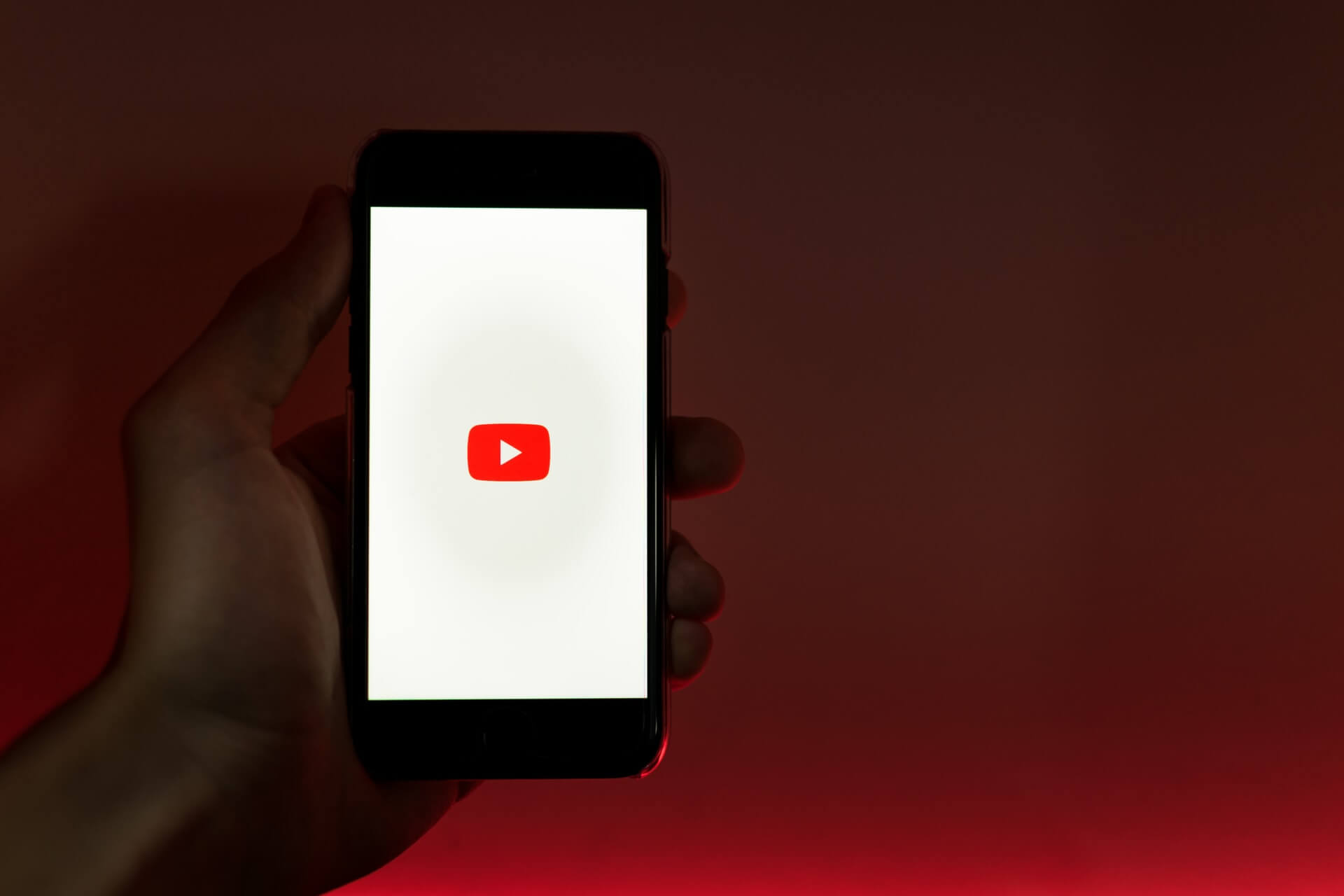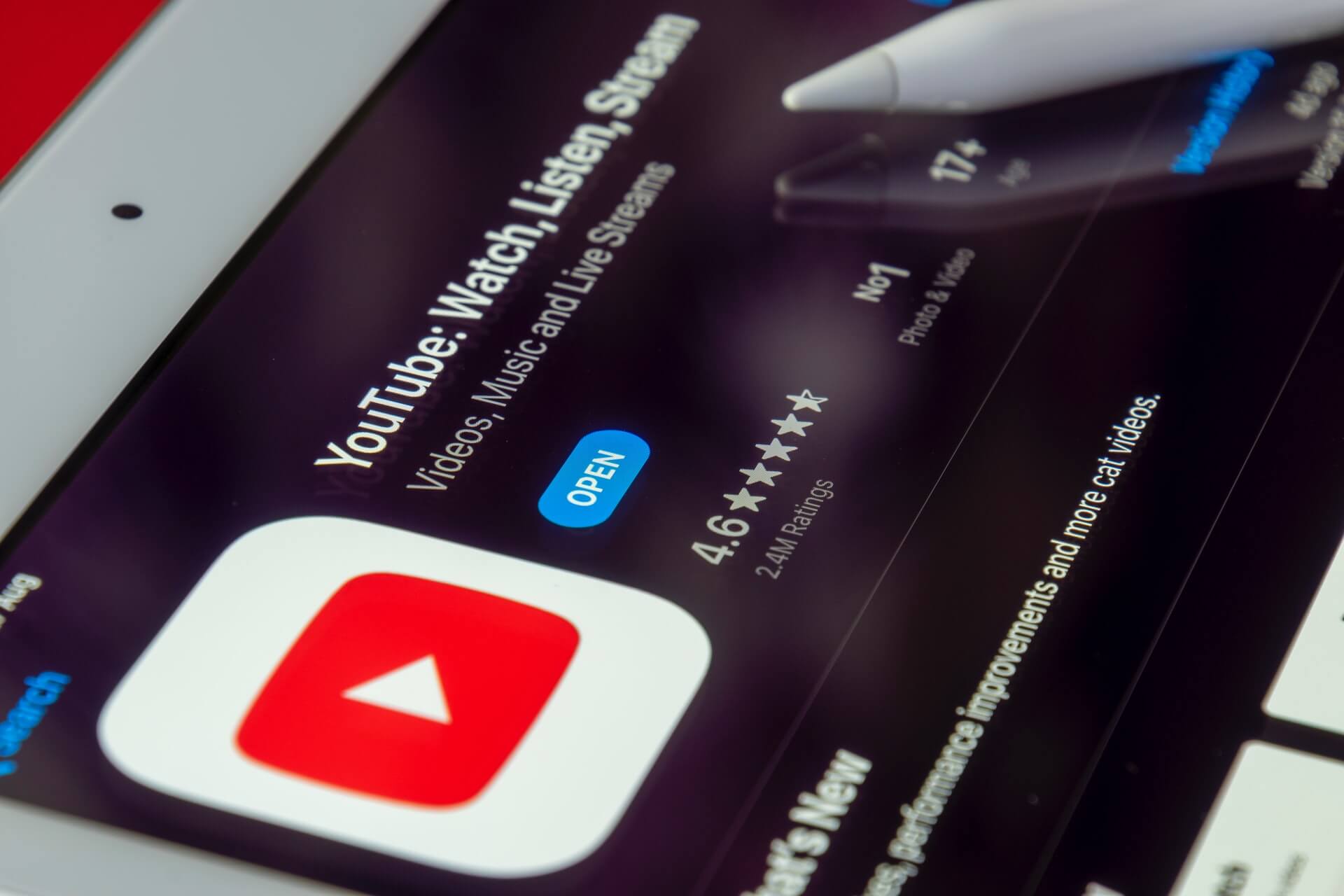In the world of online marketing, few things are as important as SEO. When done correctly, SEO can help your website rank higher in search engine results pages (SERPs), resulting in more traffic and revenue. But what about YouTube? Can you even use SEO tactics for a video sharing platform? Guess what – good news! You can use many of the same SEO tactics that you use on a typical website on YouTube too!
In this blog post, we will discuss some of the most important techniques for optimising your videos for Google and YouTube search engines.

A quick list of our tips, tricks, and tactics
- Use a keyword-rich video title (but make it look natural!)
- Optimise your thumbnail image
- Optimise the description of your YouTube videos
- Put your YouTube video in a category (make sure it relates!)
- Use a target keyword in the name of your video file
- Use tags with popular keywords that directly relate to your video’s topics
- Create transcripts of your videos
- Promote your videos on social media and other websites
By following these tips, you can help ensure that your videos are more likely to show up in search engine results pages. In turn, this can lead to more success for your YouTube channel. Read on to get more info about YouTube ranking factors, the YouTube search algorithm, and the YouTube SEO process!

What is SEO?
SEO, or Search Engine Optimization, is the process of improving the visibility and ranking of a website or web page in search engine results pages (SERPs). It is a digital marketing strategy that helps to increase organic traffic by improving the visibility of a site in search engine results pages through techniques such as keyword research and optimisation, backlinking, and citations.
It’s time to apply SEO to YouTube!

Tip 1: Use keyword-rich titles
When creating a title for your video, it’s important to include relevant keywords that potential viewers might search for. However, you don’t want to stuff your title with so many keywords that it looks unnatural (remember that real people are still reading your titles).
A good rule of thumb is to include one or two target keywords in your YouTube content title. But make sure you do a good amount of research before you start trying to add video keywords. You need the right ones for your SEO to actually work!

Tip 2: Optimise the video thumbnail
Your thumbnail image is the first thing potential viewers will see when they come across your video in search results. And, let’s be honest, everyone judges a book by its cover. As such, you want to make sure that it is eye-catching and represents the content of your video well. You can do this by including a still from the video or by using an engaging and high-quality image that relates to the topic of your video.

Tip 3: Optimise the video content description
The video description is another important place to include relevant keywords. Just like with the title, you don’t want to stuff your video descriptions with too many keywords. But including a few well-chosen keywords can help rank YouTube videos and allow potential viewers to find your video more easily.

Tip 4: Categorise your YouTube video
When uploading your video to YouTube, be sure to put it in the appropriate category. This will help ensure that your video is properly indexed and appears in relevant search results.

Tip 5: Put a keyword in your video file
When saving your video file, include a target keyword in the file name. This will also help YouTube and other search engines index your video more effectively.

Tip 6: Use tags with popular keywords
Tags are another way to help YouTube understand what your video is about. When choosing tags, be sure to use popular keywords that directly relate to the topic of your video. This will help YouTube match your video with the right viewers. Add keywords carefully to your title description and tags for the best possible results.

Tip 7: Create transcripts of your videos
Transcripts are a written version of the spoken word in a video. They can be helpful for viewers who are hard of hearing or who speak a different language than the one in which the video is shot. They can also be helpful for search engines, as they provide another way to index the content of your videos. You can create transcripts by including subtitles or closed captions with your videos. (Here’s an extra tip: you can add more keywords to your transcripts!)

Tip 8: Promote your videos
In addition to optimising your videos for YouTube SEO, you should also promote them on social media and other websites. This will help increase views and engagement, which can lead to more success for your channel. Like off-site or off-page SEO tactics for normal web pages, marketing, social media branding, and linking can help your ranks.

By following these tips, you can improve your YouTube SEO and help ensure that your videos are more likely to be found by potential viewers. In turn, this can lead to more views and subscribers for your YouTube channel. So get started today and see the results for yourself!